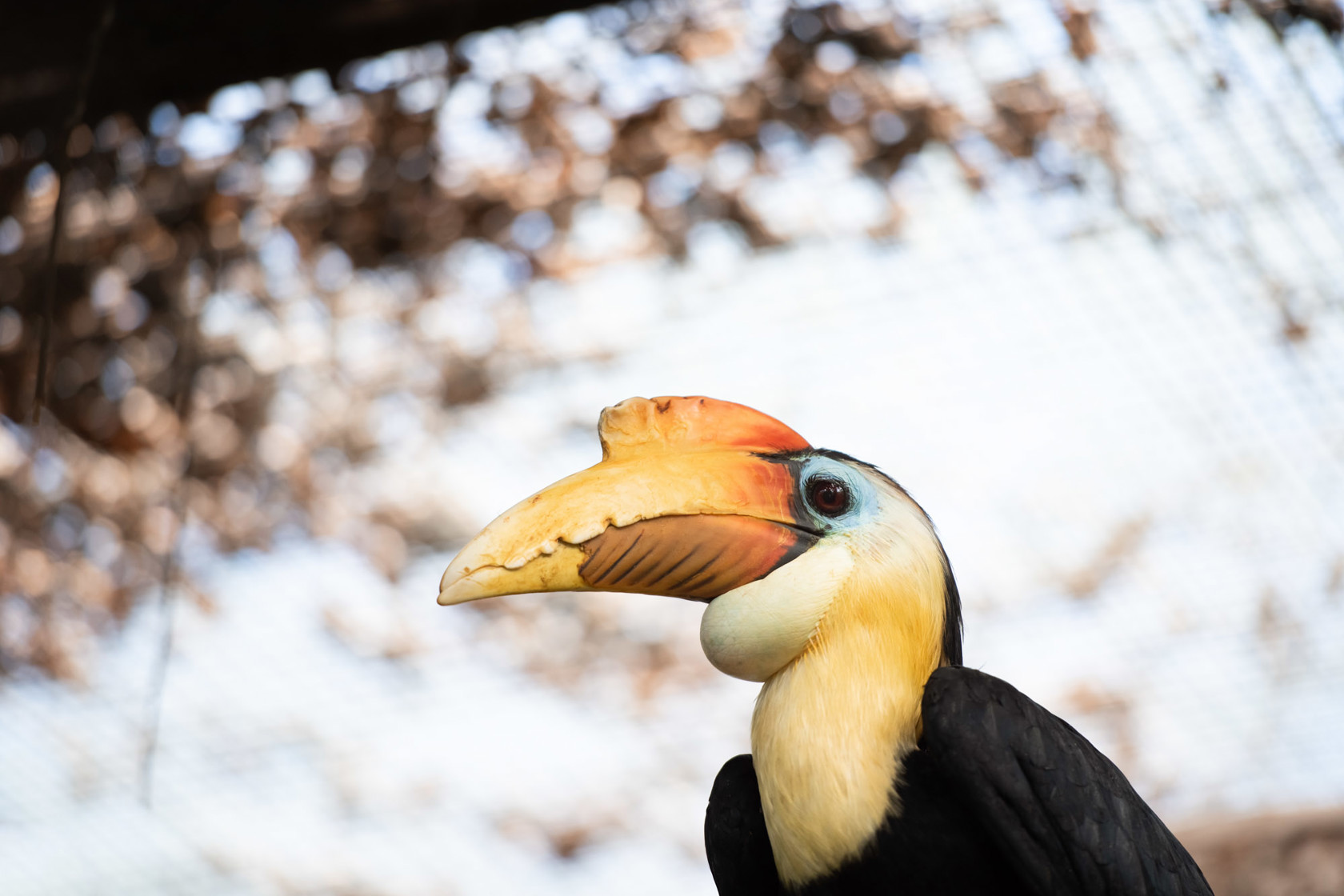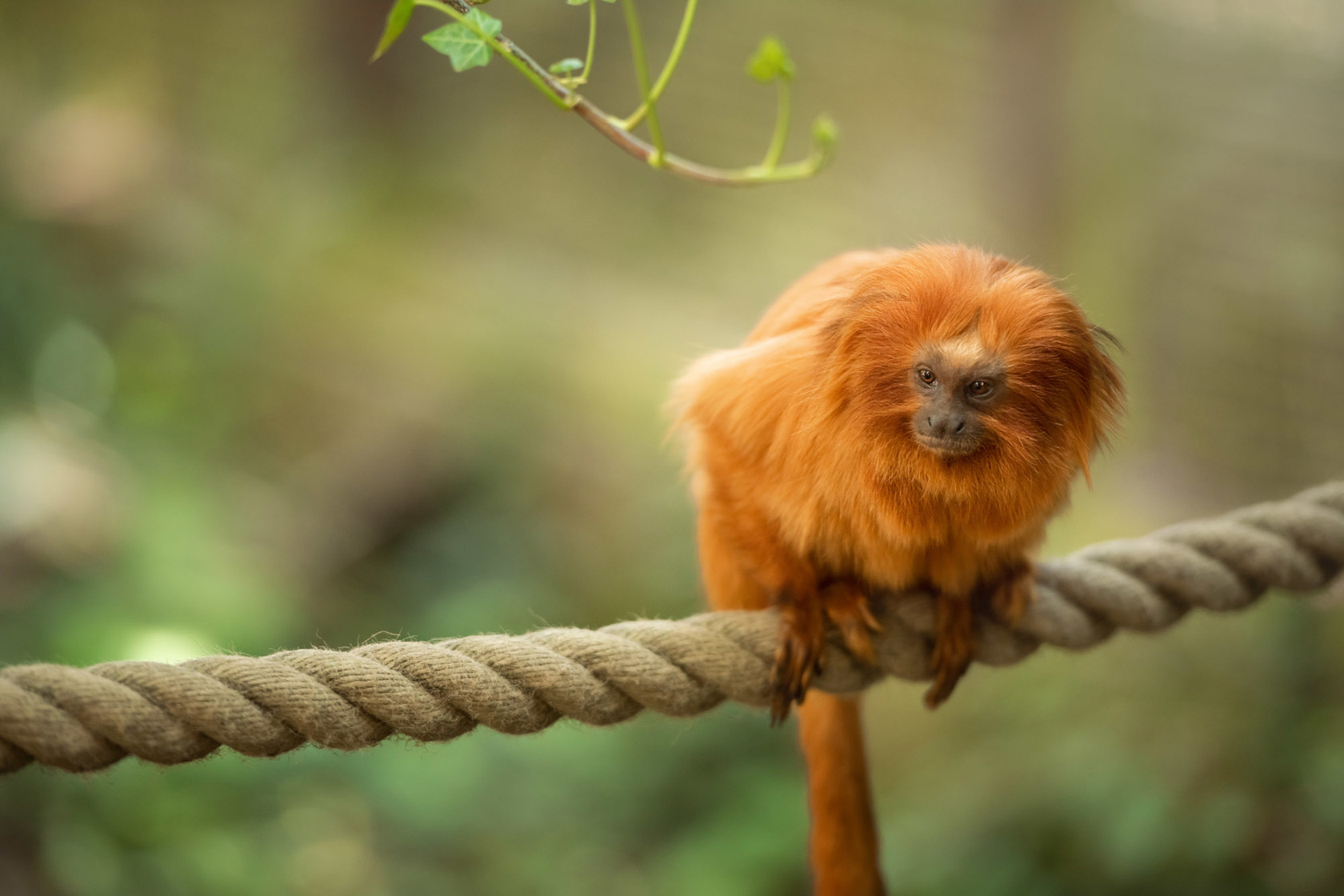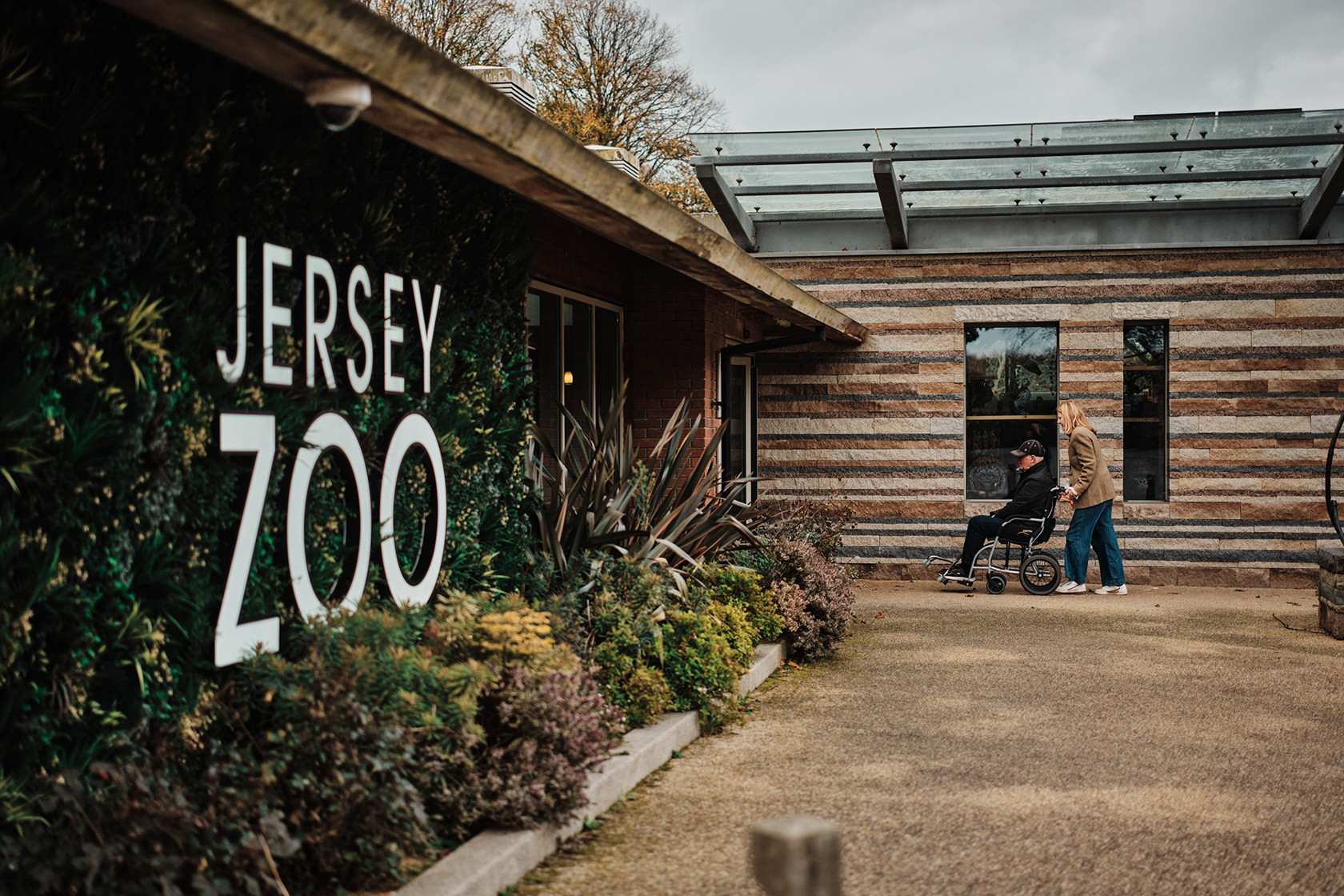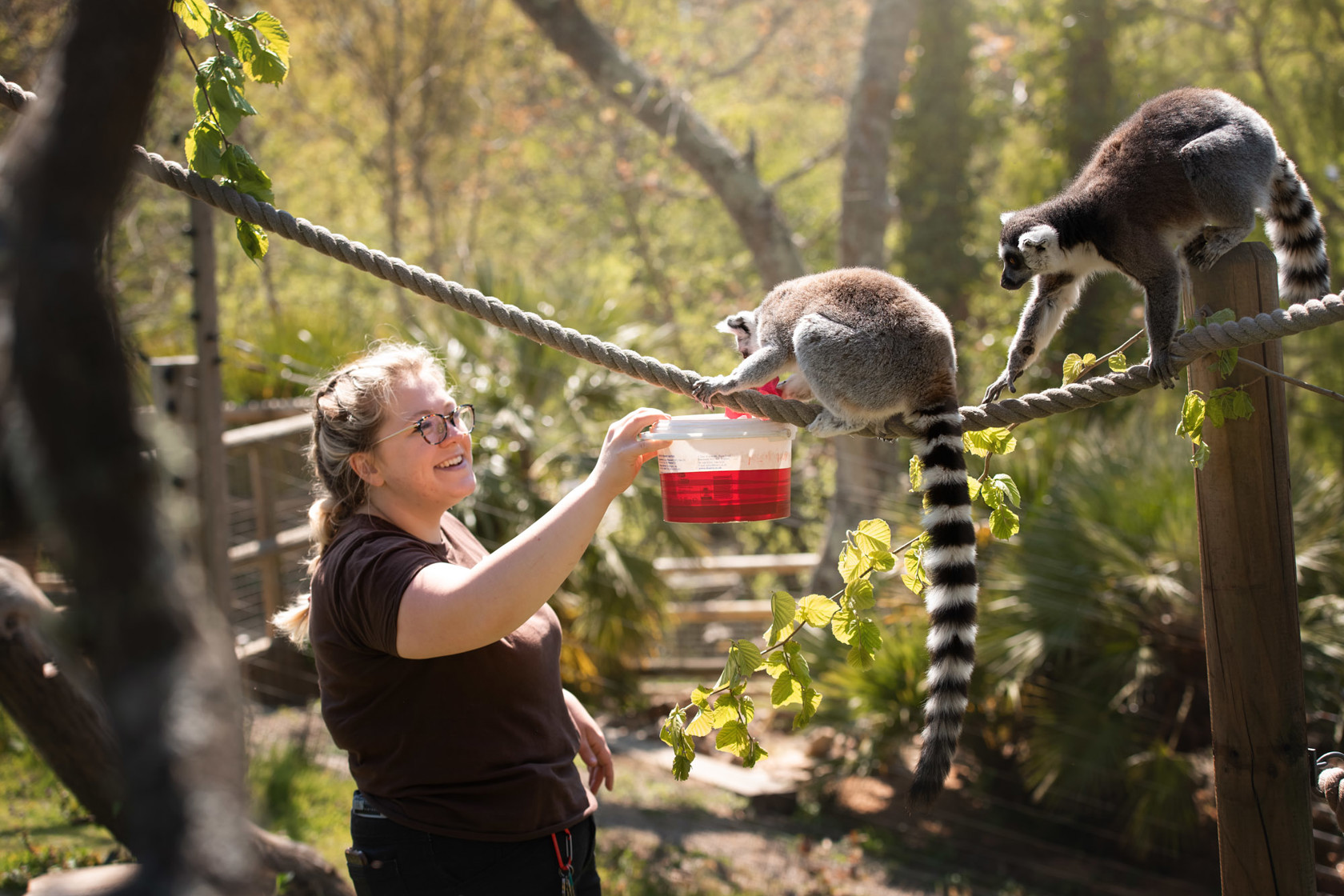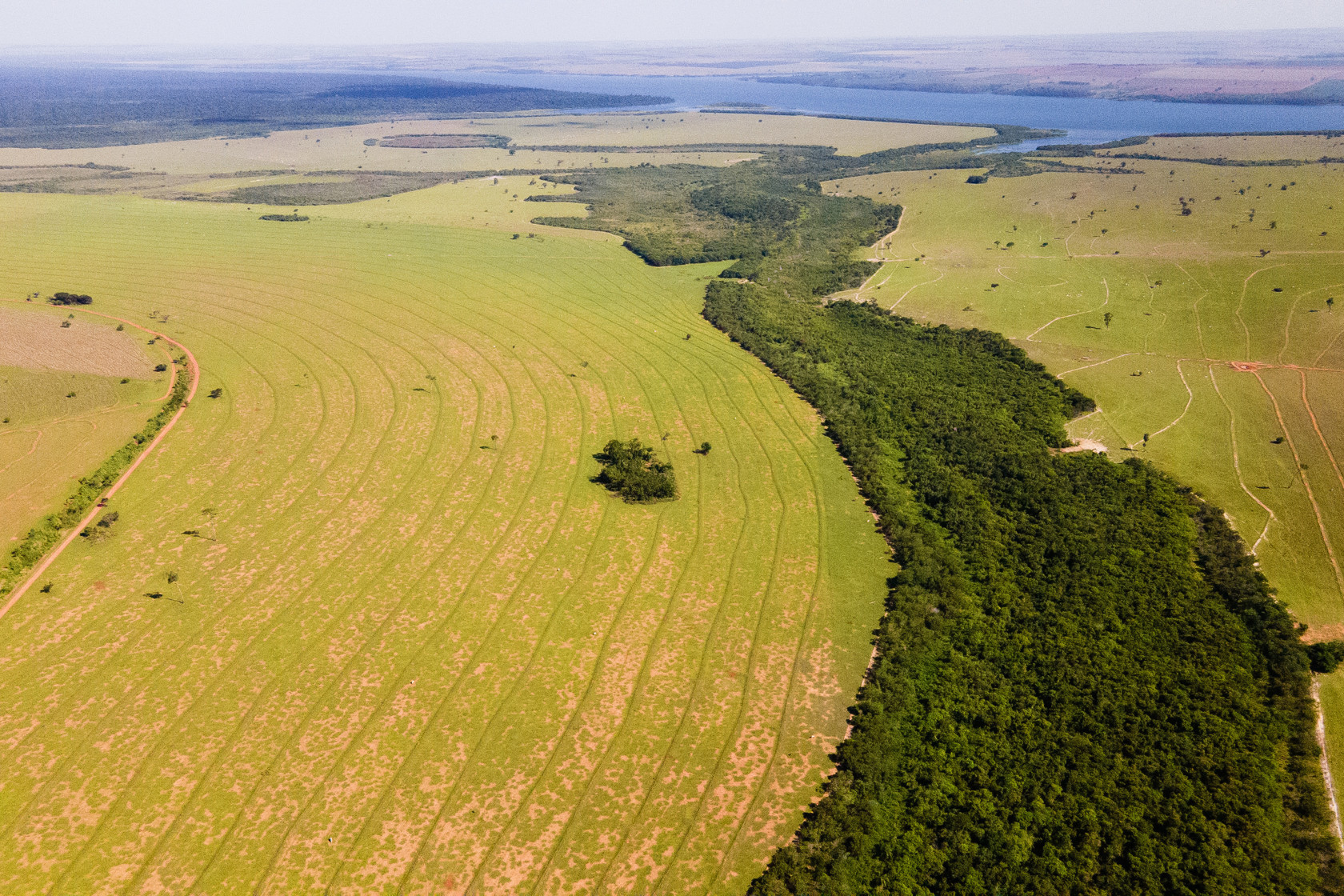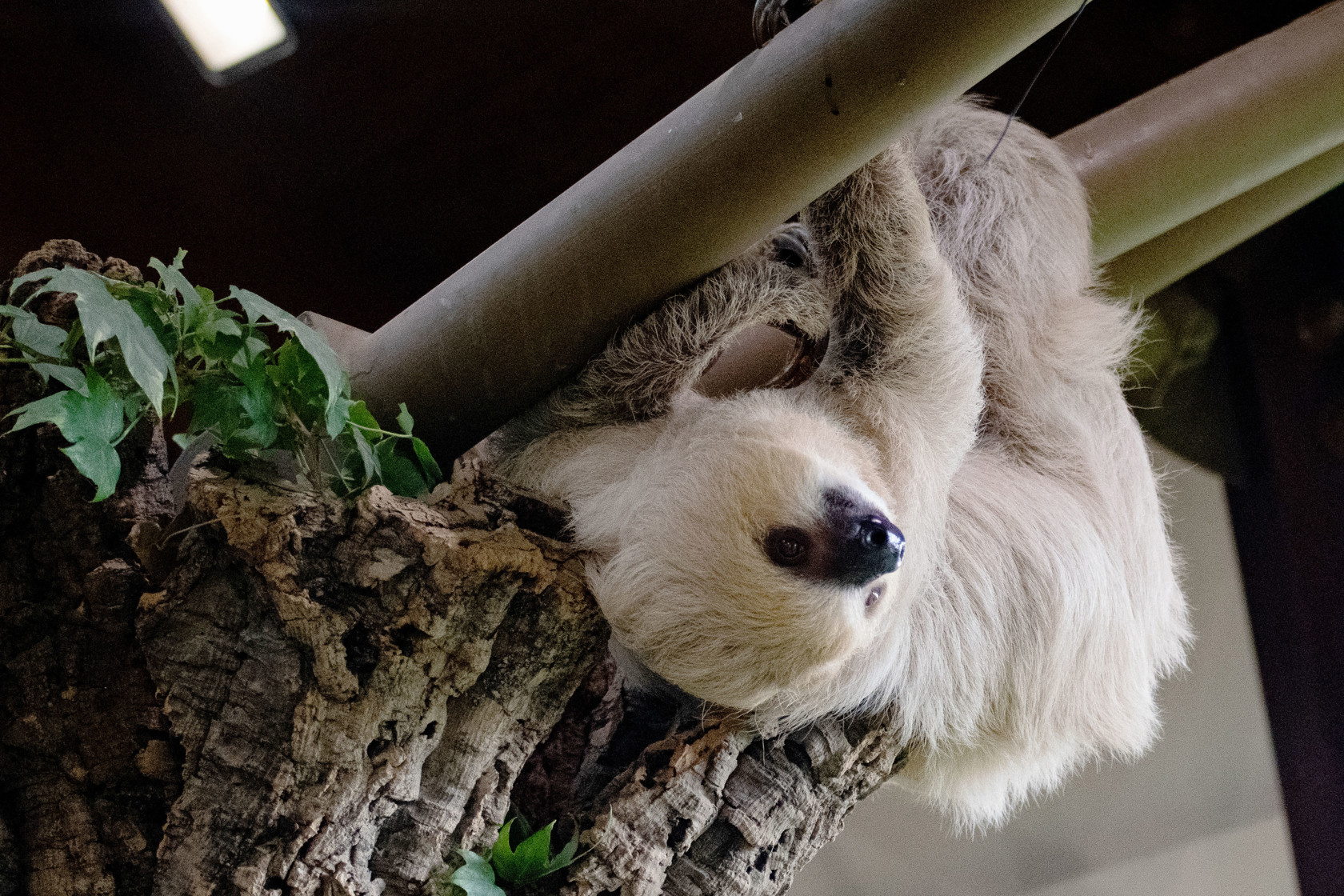Eve Englefield reflects on her visit to Madagascar with colleague Gemma Charles during which the pair saw firsthand just how powerful the link is between communities and conservation.
I work at Durrell as a Conservation Livelihoods Technical Specialist. In my role, I work very closely with our community teams in our field sites, mostly in Madagascar and India, to help make sure our livelihoods work is having the best possible impact for both people and nature.
There’s no such thing as a “typical” day for me, which I love. One minute I’m in a meeting about pig rearing or rice farming, the next it’s all about woven baskets and coconuts. I might be figuring out how to monitor these activities, swapping ideas with other organisations, or working out opportunities to help improve market access.
I also work closely with Jersey Overseas Aid (JOA), lending a hand with their Conservation Livelihoods programme.
In April 2025, I set off from London to Madagascar alongside my colleague Gemma, who is currently responsible for our pygmy hog conservation programme in India, our Mauritius island restoration programme, and some of our Madagascar field sites.
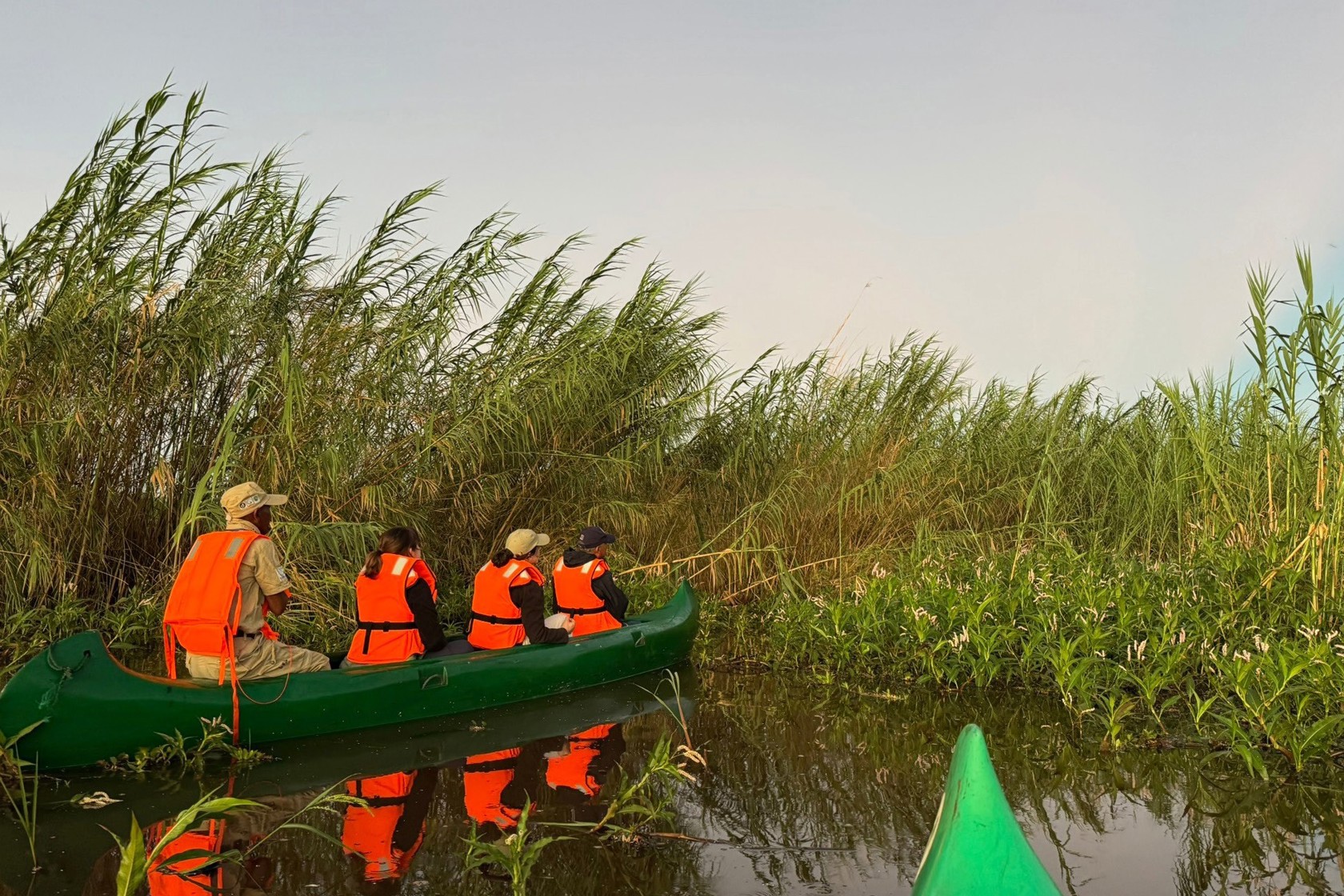
We also met up with two JOA colleagues along the way; JOA supports Durrell’s biggest conservation livelihoods project there, so this trip was a chance to show the impact of their funding – and also to catch up in person with our amazing Malagasy team!
We visited two different Durrell sites:
Lake Alaotra in the heart of the country, and Baly Bay National Park, on the west coast. We were lucky enough to see some incredible wildlife on our trip, including the Alaotran gentle lemur, which is the only lemur to live exclusively above water. We also went to Baly Bay to visit our ploughshare tortoise breeding centre, a hot walk inland from the Baly Bay coastline.
Throughout the trip, we met with many different community groups, including farmers, savings groups, fishermen and women’s weaving associations, as well as community leaders. We also visited (often by boat) several of the ecosystem restoration activities, including marsh and mangrove restoration, reforestation and saw some of the work being done to save the critically endangered ploughshare tortoise.
Community members are the foundation to much of our conservation work through reforestation and restoration efforts, conducting patrols and forming local associations to guide decision-making around natural resources. Seeing these activities up close provides a much deeper, more nuanced understanding than any Teams call or report ever could, and it also gave the communities the chance to speak with JOA directly.
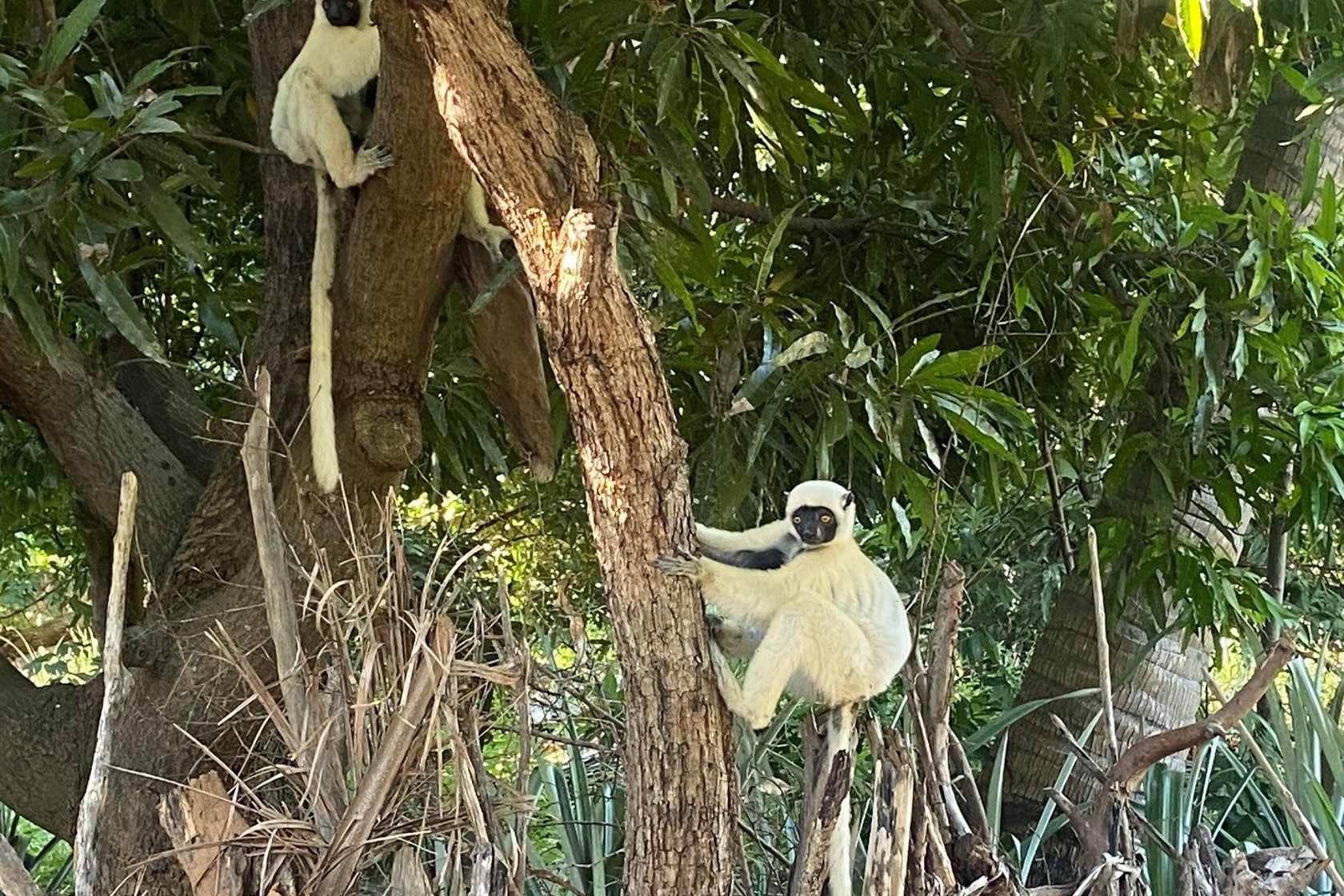
Durrell has a long-term relationship with JOA, catalysed through the first phase of our Madagascar project, funded as their flagship initiative under the Conservation Livelihoods grant programme since 2018.
Since then, JOA has supported similar projects across its six target countries to deliver positive outcomes for both nature and people. As part of its approach to monitoring and learning, JOA staff periodically visit funded projects – not only to gain a deeper understanding of progress and challenges on the ground, but also to engage directly with communities and partners to ensure the work is delivering meaningful and lasting impact.
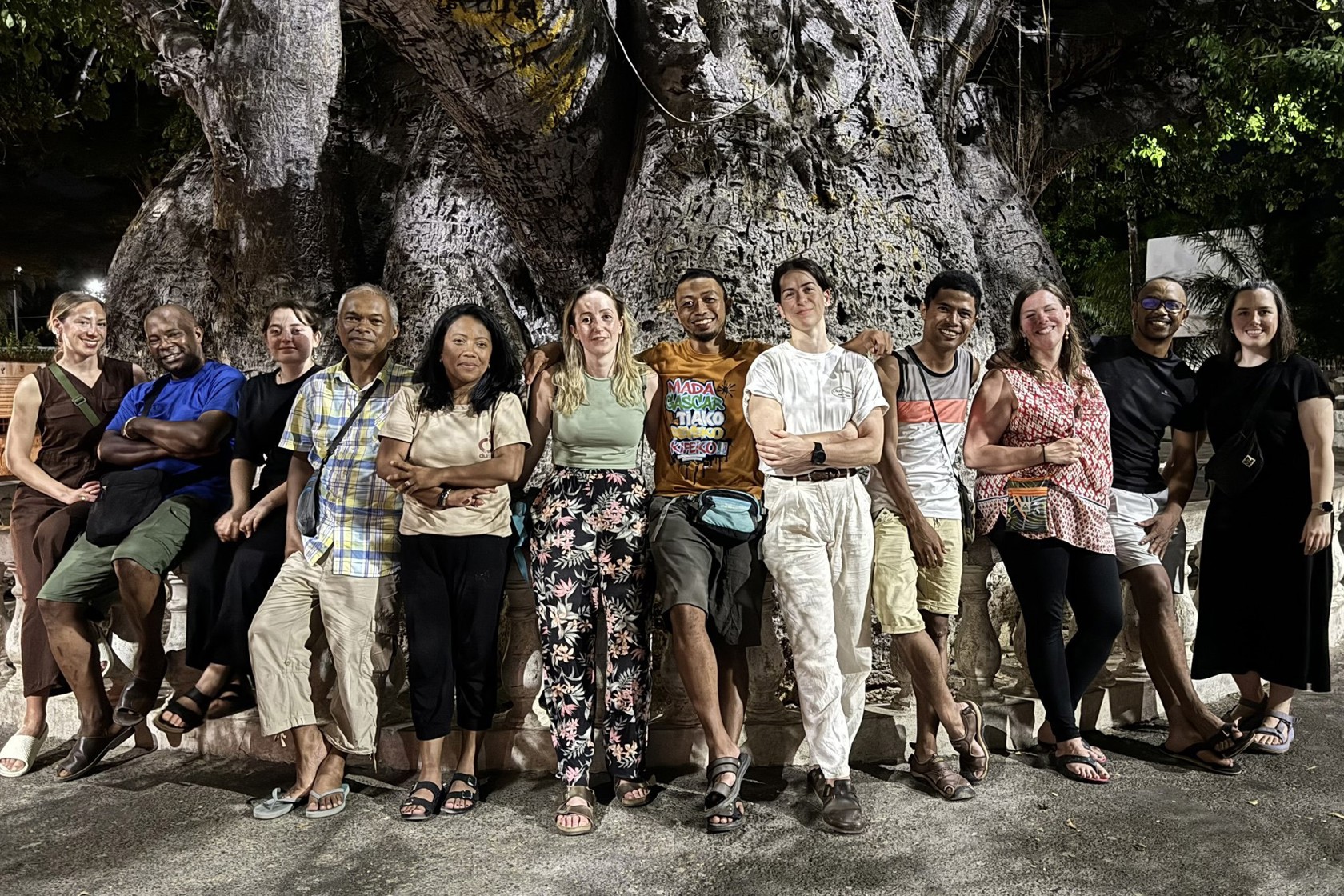
Although I’ve worked in Madagascar a lot before, this was my first trip there with Durrell, so it was amazing to have the opportunity to spend a lot of time in person with my Malagasy colleagues, as well as visiting the communities to see and hear about how they’ve been benefitting from the project.
Hearing anecdotally how the projects that we write about in the abstract are actually impacting people makes a huge difference. I also enjoyed getting to eat my favourite Malagasy food again – beans!
The biggest takeaway is that when local people are supported and involved, conservation efforts are not only more effective, but they’re more sustainable too.

